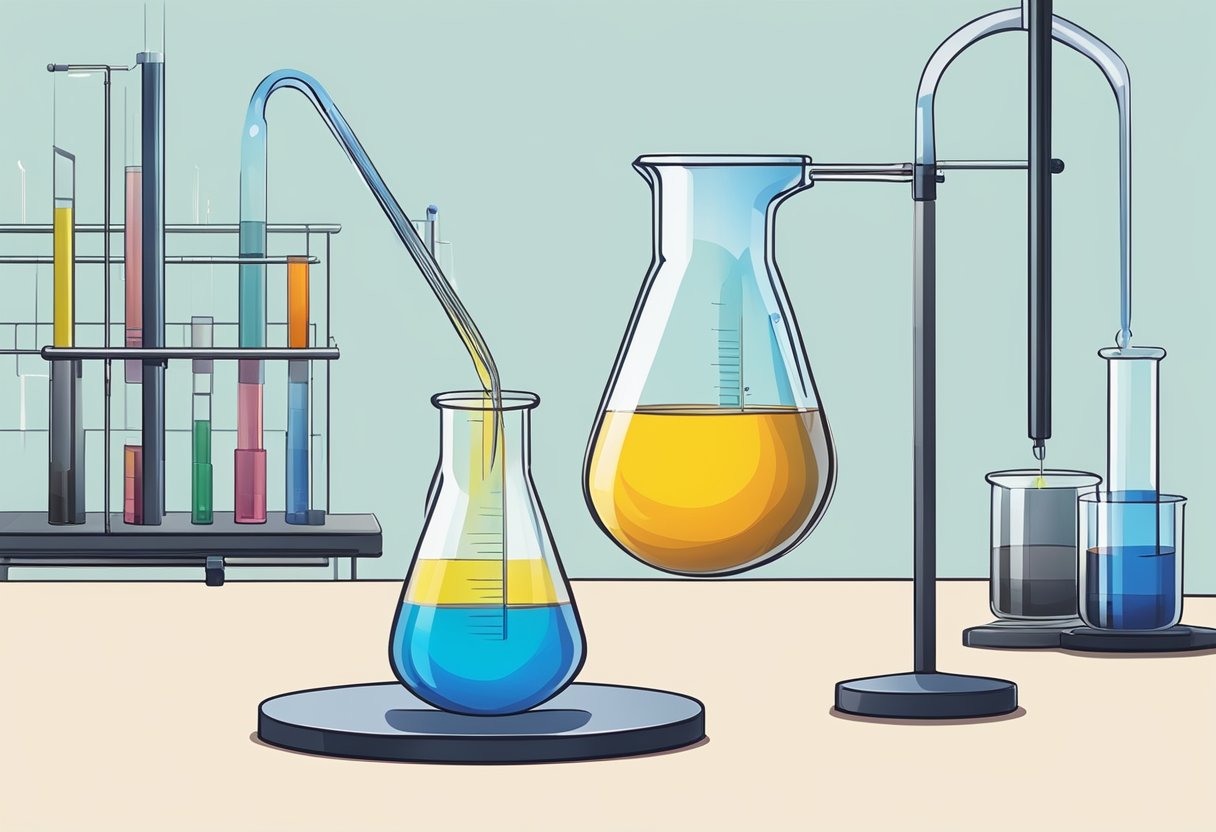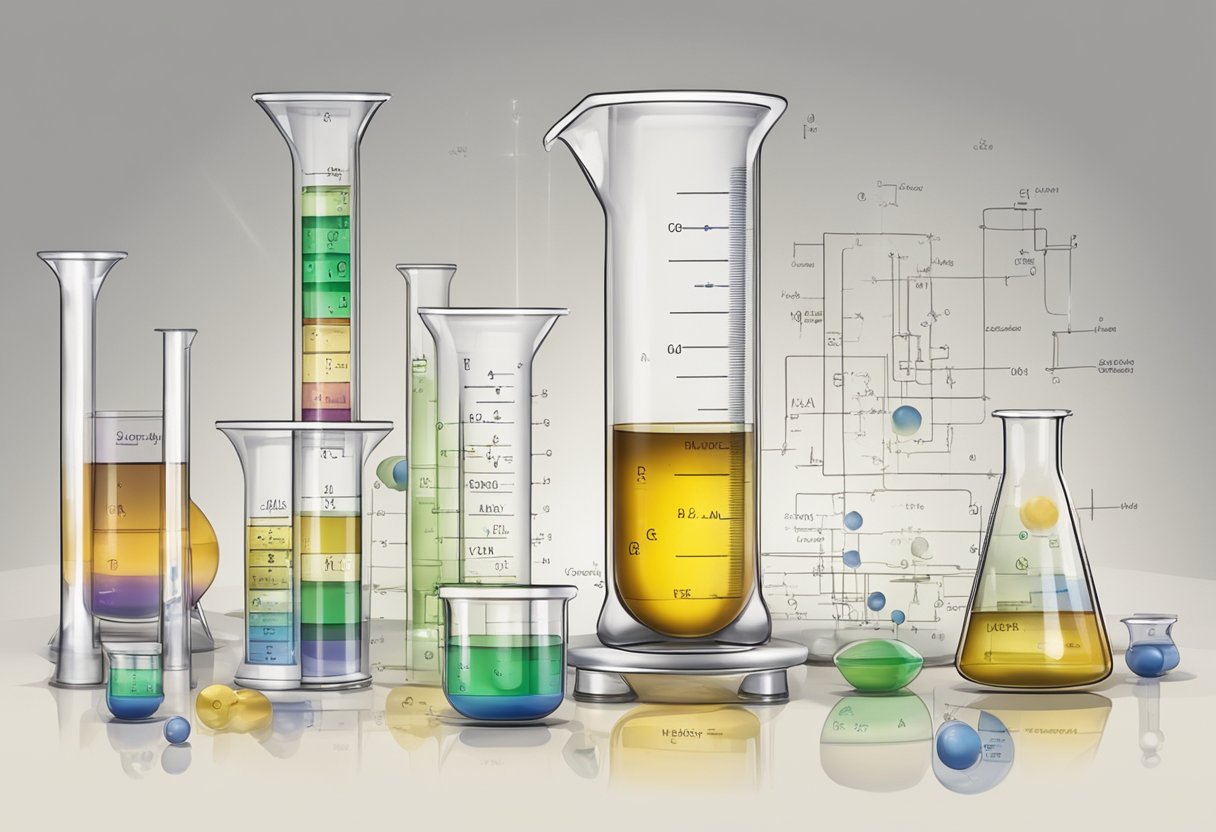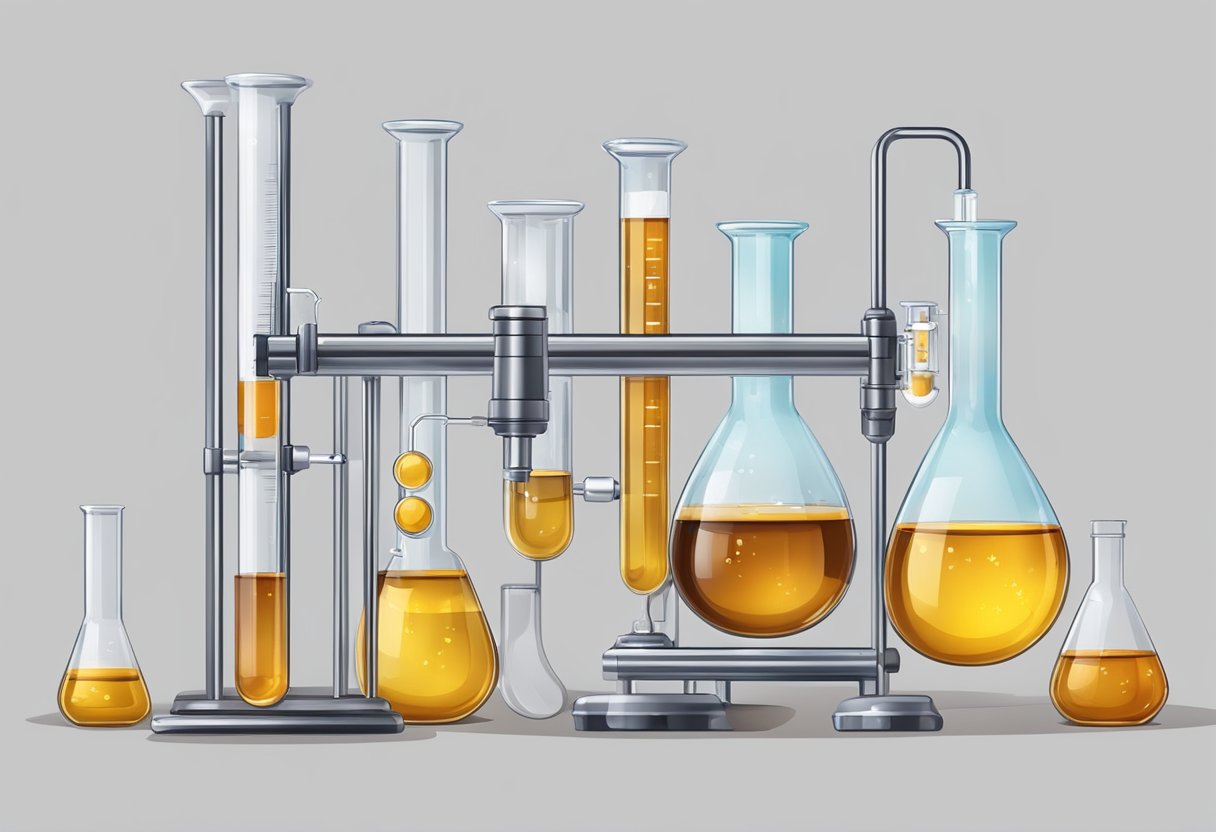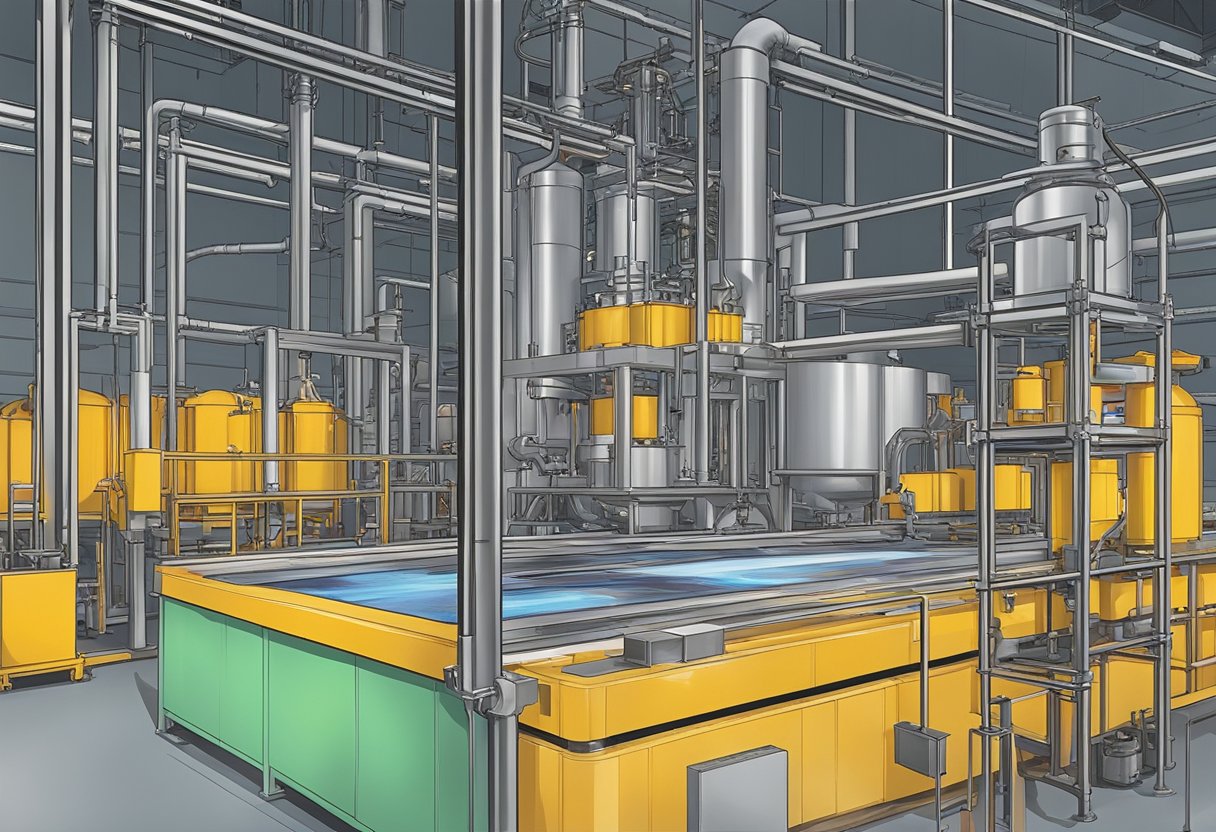Alkaline Phenolic Resin: Properties and Applications
19/01/2024
Alkaline phenolic resin is a type of synthetic polymer that is widely used in various industrial applications. It is a thermosetting resin, which means that it undergoes a chemical reaction when exposed to heat or other curing agents, resulting in a hard and durable material. Alkaline phenolic resin is known for its excellent mechanical properties, such as high strength, stiffness, and resistance to wear and tear.

Alkaline phenolic resin is composed of phenol and formaldehyde, which undergo a condensation reaction in the presence of an alkaline catalyst. The resulting polymer has a cross-linked structure, which gives it its unique properties. Alkaline phenolic resin is commonly used in the production of composite materials, such as fiberglass, carbon fiber, and Kevlar, as well as in the manufacturing of adhesives, coatings, and laminates.
Due to its high performance and versatility, alkaline phenolic resin has become an essential component in many industrial processes. Its ability to withstand high temperatures and harsh environments makes it ideal for use in aerospace, automotive, and marine applications. Additionally, its excellent adhesion properties make it a popular choice for bonding metal, wood, and plastic surfaces. Overall, alkaline phenolic resin is a valuable material that plays a critical role in many industries.
Chemical Composition

Base Resin Components
Alkaline phenolic resins are made up of a combination of phenol-formaldehyde resin and an alkaline catalyst. The phenol-formaldehyde resin is synthesized from phenol and formaldehyde, with a molar ratio of 1:1.2 to 1:3. The resin is then mixed with an alkaline catalyst, typically sodium hydroxide or potassium hydroxide, to create the alkaline phenolic resin.
The alkaline catalyst plays a crucial role in the chemical composition of the resin. It initiates the reaction between the phenol and formaldehyde, which leads to the formation of the phenol-formaldehyde resin. The alkaline catalyst also helps to increase the pH of the resin, which makes it more soluble in water and improves its adhesion properties.
Catalysts and Accelerators
In addition to the alkaline catalyst, alkaline phenolic resins may also contain accelerators and other catalysts. These additives can help to speed up the curing process and improve the performance of the resin.
Some common accelerators used in alkaline phenolic resins include urea, thiourea, and melamine. These compounds react with the resin to form crosslinks, which increase the strength and durability of the final product.
Other catalysts that may be used in alkaline phenolic resins include boron compounds, which can improve the fire-retardant properties of the resin, and organic acids, which can help to control the pH and viscosity of the resin during the curing process.
Properties and Characteristics

Alkaline phenolic resin is a type of synthetic resin that is widely used in various industries due to its exceptional properties and characteristics. This section will discuss two of the most notable properties of alkaline phenolic resin: thermal stability and mechanical strength.
Thermal Stability
One of the most significant advantages of alkaline phenolic resin is its exceptional thermal stability. This resin can withstand high temperatures without degrading or decomposing, making it an excellent choice for applications that require high-temperature resistance. In fact, alkaline phenolic resin can withstand temperatures of up to 200°C, which is much higher than other types of resins.
Mechanical Strength
Another essential property of alkaline phenolic resin is its exceptional mechanical strength. This resin has excellent tensile strength, compressive strength, and flexural strength, making it an ideal material for applications that require high mechanical strength. Additionally, alkaline phenolic resin has excellent resistance to impact, abrasion, and wear, making it an ideal choice for applications that involve high stress and wear.
In conclusion, alkaline phenolic resin is an exceptional material that possesses several unique properties and characteristics. Its thermal stability and mechanical strength make it an ideal choice for a wide range of applications in various industries.
Manufacturing Process

Mixing Procedures
The manufacturing process of alkaline phenolic resin involves the mixing of phenol and formaldehyde with an alkaline catalyst. The mixture is then heated under controlled conditions to initiate the polymerization reaction. The alkaline catalyst used in the process is typically sodium hydroxide or potassium hydroxide.
The mixing process is critical to ensure the final product has the desired properties. The ratio of phenol to formaldehyde, the type of alkaline catalyst used, and the temperature and pressure conditions during mixing all have an impact on the final product. The mixture is typically stirred continuously during the reaction to ensure a homogenous mixture is obtained.
Curing Techniques
After the mixing process is complete, the mixture is poured into a mold and cured. There are different curing techniques used depending on the desired properties of the final product. The two primary techniques used are heat curing and chemical curing.
Heat curing involves baking the mixture at a high temperature for a specific duration. This process results in a hard, durable resin with excellent mechanical properties. Chemical curing involves the addition of a curing agent to the mixture, which initiates the curing reaction. This process is typically used for resins that require a longer curing time or when heat curing is not possible.
Overall, the manufacturing process of alkaline phenolic resin is a complex process that requires careful attention to detail to ensure the final product meets the desired specifications. The mixing and curing techniques used play a crucial role in determining the properties of the final product.
Applications
Alkaline phenolic resins find extensive use in various industries due to their excellent properties. This section discusses the applications of alkaline phenolic resins in the foundry industry and refractory materials.
Foundry Industry
Alkaline phenolic resins are widely used in the foundry industry for the production of sand molds and cores. The resins provide good strength, dimensional stability, and resistance to heat, making them ideal for foundry applications. The resins also exhibit good flowability, which helps in the production of complex shapes.
Alkaline phenolic resins are used in the foundry industry for the production of castings for various applications, including automotive, aerospace, and industrial machinery. The resins are also used in the production of large castings, such as wind turbine blades and engine blocks.
Refractory Materials
Alkaline phenolic resins are used in the production of refractory materials, which are materials that can withstand high temperatures without degrading. The resins are used as binders in the production of refractory bricks, which are used in the construction of furnaces, kilns, and other high-temperature applications.
The resins provide good adhesion, high-temperature resistance, and thermal shock resistance, making them ideal for refractory applications. The use of alkaline phenolic resins in refractory materials has led to the development of high-performance refractory products that can withstand extreme temperatures and harsh environments.
In conclusion, alkaline phenolic resins have a wide range of applications in the foundry industry and refractory materials. The resins provide excellent properties that make them ideal for use in high-temperature applications.
Performance Advantages
Alkaline phenolic resin is a popular choice for many industrial applications due to its superior performance advantages. This section will discuss two significant advantages of using alkaline phenolic resin: dimensional accuracy and surface finish quality.
Dimensional Accuracy
Alkaline phenolic resin is known for its excellent dimensional accuracy. It has a low coefficient of thermal expansion and high dimensional stability, which means that it does not shrink or warp significantly during the curing process. This property makes it ideal for applications that require tight tolerances and precise measurements.
Surface Finish Quality
Another advantage of using alkaline phenolic resin is its exceptional surface finish quality. The resin has a high flow rate, which allows it to fill even the smallest cavities and intricate details of molds. This property results in a smooth and glossy surface finish, which is ideal for applications that require a high-quality appearance.
In summary, alkaline phenolic resin offers several performance advantages, including excellent dimensional accuracy and surface finish quality. These properties make it an ideal choice for a wide range of industrial applications.
Environmental and Safety Considerations
Emission Control
Alkaline phenolic resins are known to emit volatile organic compounds (VOCs) during processing and curing. These emissions can contribute to air pollution and have potential health impacts on workers and nearby communities. To minimize emissions, it is recommended to use low-VOC formulations and proper ventilation systems during processing and curing.
Handling and Storage
Alkaline phenolic resins are corrosive and can cause skin and eye irritation upon contact. It is important to use appropriate personal protective equipment (PPE) such as gloves and safety glasses when handling the resin. In addition, the resin should be stored in a cool, dry, and well-ventilated area away from sources of heat and ignition. Proper labeling and handling procedures should be followed to prevent accidental spills and exposure.
Overall, it is important to carefully consider the environmental and safety implications of using alkaline phenolic resins. By implementing proper handling, storage, and emission control measures, the risks associated with using these resins can be minimized.
Market Trends and Forecasts
Demand Dynamics
The demand for alkaline phenolic resin has been increasing steadily over the years, and this trend is expected to continue in the foreseeable future. The growth in demand is driven by the rising demand for the resin in various industries, including automotive, construction, and electronics.
The automotive industry is the largest consumer of alkaline phenolic resin, accounting for a significant share of the market demand. The resin is used in the production of various automotive components, such as brake pads, clutch plates, and engine bearings, among others. With the increasing demand for automobiles worldwide, the demand for alkaline phenolic resin is expected to grow further.
The construction industry is also a significant consumer of alkaline phenolic resin, with the resin being used in the production of various construction materials, such as adhesives, sealants, and coatings. The growing construction activities in emerging economies are expected to drive the demand for the resin in the coming years.
Technological Advancements
The alkaline phenolic resin market is witnessing significant technological advancements, which are expected to improve the properties and performance of the resin. The development of new and advanced resins with improved properties, such as better heat resistance, chemical resistance, and mechanical strength, is expected to drive the growth of the market.
The use of nanotechnology in the production of alkaline phenolic resin is also gaining traction, with researchers exploring the use of nanoparticles to enhance the properties of the resin. The incorporation of nanofillers in the resin matrix is expected to improve the thermal stability, mechanical properties, and flame retardancy of the resin.
In conclusion, the alkaline phenolic resin market is expected to witness significant growth in the coming years, driven by the increasing demand from various industries and the technological advancements in the field.




